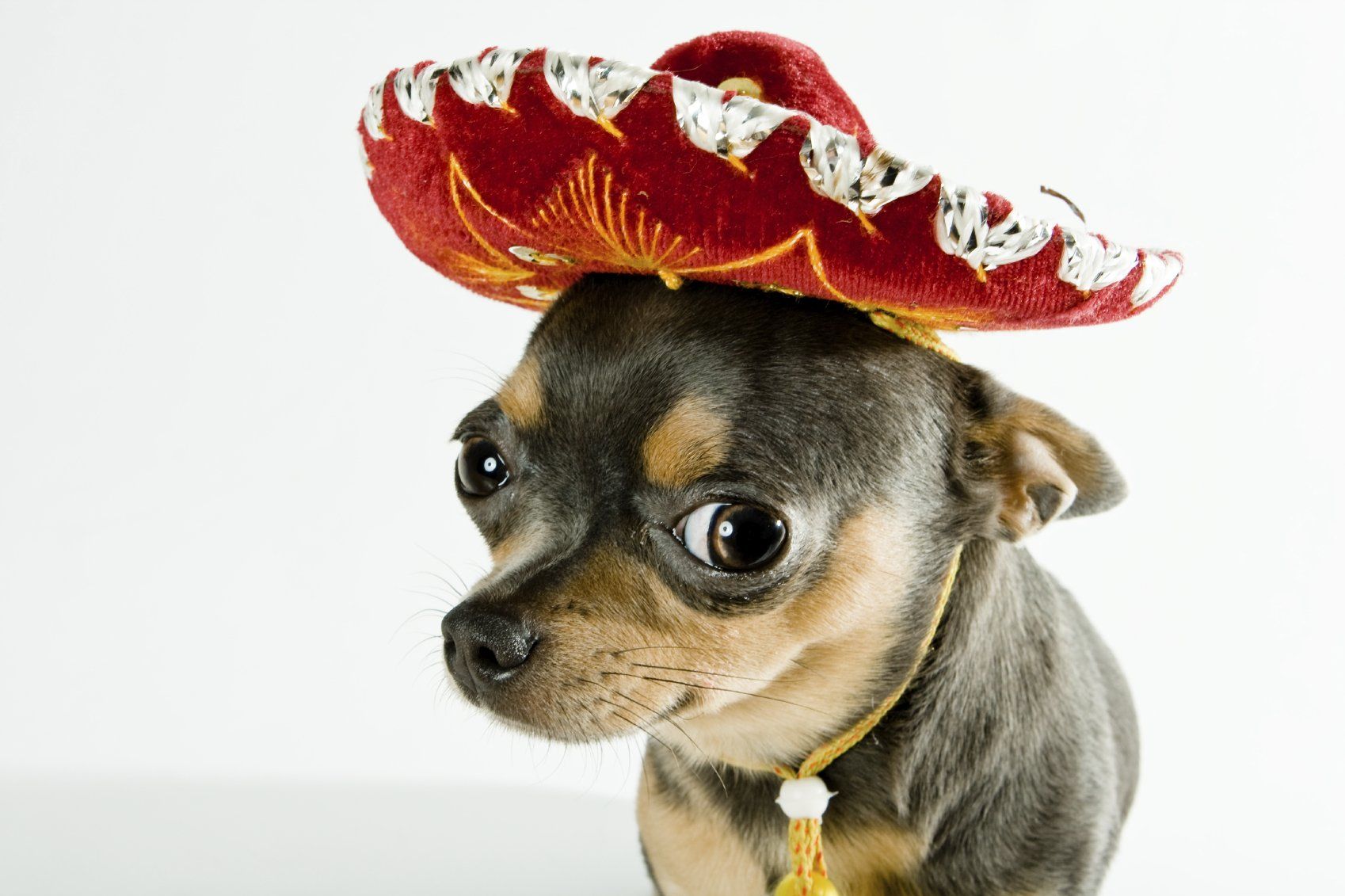
May Scent Space & Learning About Bloat
Cinco De Mayo Scent Space
Did you know that 10 minutes of sniffing for dogs is roughly equivalent to 30 minutes of exercise. This means that sniffing can be a great way to help dogs burn off energy and tire them out, similar to a walk or a game of fetch. Sniffing provides mental stimulation and enrichment for dogs, helping them to feel satisfied and reducing stress and anxiety. It's also a great way for dogs to engage their senses and explore their environment.
This month, our Scent Space is going south of the border with a vibrant Cinco de Mayo Fiesta theme! From colorful decorations to festive music and playful scents, your pups will be wagging their tails in excitement. We've transformed the scent enrichment area into a sensory celebration, giving dogs the chance to explore new smells and textures in a safe, stimulating environment. Whether they're sniffing out treats under sombreros or enjoying a fiesta-themed find it game, your furry friends will feel like they're part of the party!
Sign your pup up in May and let them join the fun—because every dog deserves a little fiesta! $15 for one visit or 5 visits for $60.
Understanding Bloat
Most of you have probably heard of Bloat, also known as Gastric Dilation-Volvulus (GDV), but did you know this is one of the most serious, life-threatening emergencies in veterinary medicine? Bloat occurs when a dog’s stomach fills with gas or food causing it to expand and twist. This can cut off the blood supply leading to shock or death if untreated.
Signs of Bloat
- Distended (swollen) belly
- Unproductive vomiting or retching (attempting to vomit but nothing comes out)
- Excessive drooling
- Restlessness or pacing
- Rapid breathing or panting
- Weakness, collapse, or pale gums
If you notice any of these signs, do not wait—rush your dog to the vet immediately. The condition can progress quickly, and prompt treatment is the key to survival.
The exact cause of GDV is not fully understood, but these factors may put your dog at a higher risk.
- Deep chested breeds (Great Danes, German Shepherds, Standard Poodles, Irish Setters, etc.).
- Middle-aged or older dogs.
- Vigorous activity immediately after eating.
- Feeding habits (eating one large meal a day, eating too quickly or eating from elevated food bowls.
- Genetics (family history of bloat)
In order to lower the risk of bloat in your dog, feed smaller meals multiple times a day, use a slow-feeder bowl and avoid vigorous activity for an hour or two after eating. If your dog is considered high-risk, talk to your vet to see if a preventative surgical procedure is recommended.
